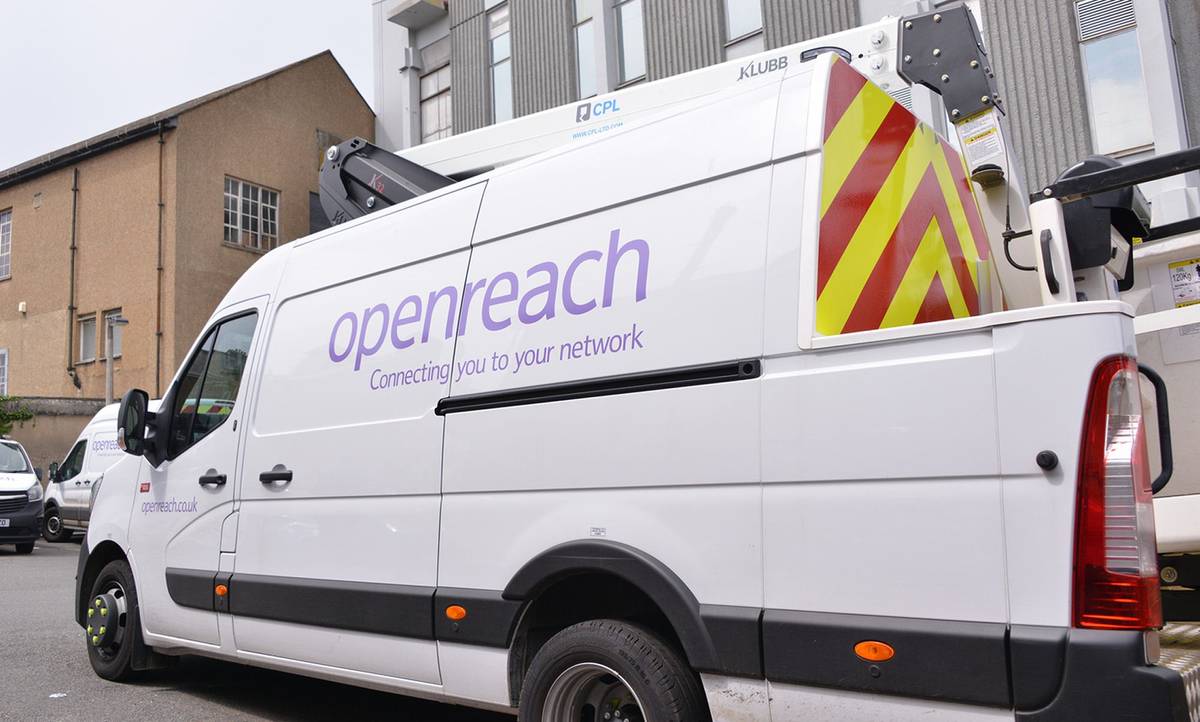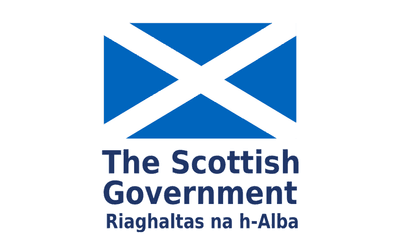Openreach hits 20 million milestone – with a helping hand from drones
Openreach has just confirmed it has now reached 20 million homes and businesses with its full fibre broadband network – covering around 70% of the UK.
But what makes this milestone stand out is not just the scale – it’s the innovative ways Openreach engineers are getting fibre into some of the UK’s hardest-to-reach places.
Taking fibre to the skies
Rolling out fibre across cities is one challenge, but reaching remote valleys, protected landscapes, and tricky terrain requires a different approach. Enter DroneOps – a team of 14 trained pilots who have now flown almost 1,200 missions.
These drones have:
- Helped install over 400,000km of fibre,
- Connected more than 100,000 homes and businesses,
- Saved 600 days of build time,
- Avoided the need for 100+ sets of temporary traffic lights, and
- Reduced disruptive digging by 50–60km.
Openreach has even trialled underwater drones to inspect and repair cables beneath UK lakes and rivers.
Smarter builds, not bigger builds
It’s not just drones making a difference. Engineers have been re-using and upgrading existing infrastructure to speed up the rollout and cut costs.
- Subtended Headends (SHEs): by adapting roadside green cabinets to carry new fibre technology, Openreach has tripled fibre reach in some areas without laying fresh cables. Around 1,200 nodes are already live – saving £120 million and 8,500km of fibre.
- Overblow technology: instead of digging up roads, fibre cables are blown through existing ducts on a cushion of air. It’s faster, cheaper, greener, and far less disruptive for local communities.
Virtual reality for real-world results
In busy cities, the challenge isn’t distance – it’s density. Apartment blocks and flats have traditionally needed multiple site visits, slowing things down.
Openreach is now using Holoplan, a smartphone-powered LiDAR scanning tool, to create 3D VR models of buildings in seconds. This helps engineers plan fibre routes more efficiently, doubling the number of buildings surveyed each day and cutting costs by up to 65%.




